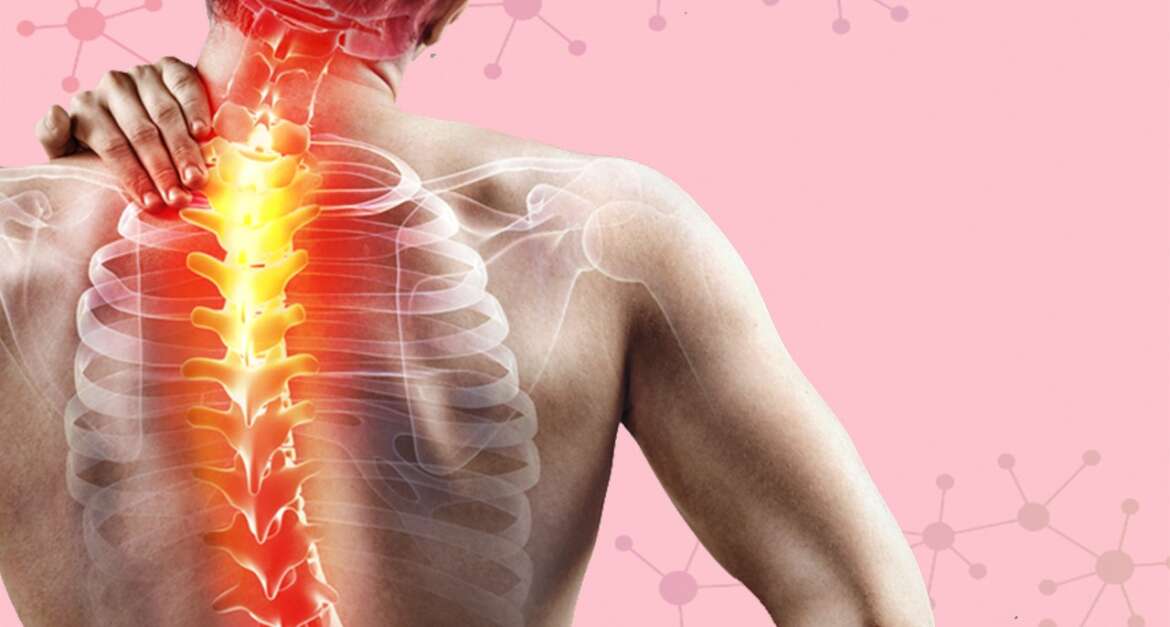What is Back Pain?
People go to the doctor for back pain more than any other reason, and it is a leading cause of disability around the world.
Symptoms
Muscle aches and stabbing, shooting, or burning pain can be sensations associated with back pain. The pain may also radiate down your leg or worsen when your knee is bent, twisted, lifted, or you are on your feet.
Causes
An imaging study or a test cannot identify the cause of back pain without an examination or an investigation. Here are some of the most common conditions that cause back pain:
- Arthritis.
- Osteoporosis.
- Bulging or ruptured disks.
- Muscle or ligament strain.
Risk factors
Whether a child or a teenager, anyone can experience back pain. You may be more likely to develop back pain if you are prone to the following factors:
- Age.
- Diseases.
- Smoking.
- Excess weight.
- Lack of exercise.
- Improper lifting.
- Psychological conditions
Prevention
If you improve your physical condition and learn and practice proper body mechanics, you may be able to avoid back pain or prevent its recurrence.
It would be best if you did the following to maintain a strong, healthy back:
- Exercise.
- Quit smoking.
- It would be best if you kept a healthy weight.
- Muscles need to be strengthened and flexible.
Your back should be protected from twisting or straining movements. How to use your body:
- Stand smart.
- Sit smart.
Lift smart.
Diagnosis
If you improve your physical condition and learn and practice proper body mechanics, you may be able to avoid back pain or prevent its recurrence.
It would be best if you did the following to maintain a strong, healthy back:
- Exercise.
- Quit smoking.
- It would be best if you kept a healthy weight.
- Muscles need to be strengthened and flexible.
Your back should be protected from twisting or straining movements. How to use your body:
- Stand smart.
- Sit smart.
Lift smart.
In addition to examining your back, your doctor will evaluate your ability to walk, stand, sit and lift your legs. Also, your physician may ask about how well you’re managing your pain on a scale of 0 to 10 and how well you’re coping with it.
In the case that you are undergoing back pain because of a particular condition, your doctor might suggest one or more of the following tests:
- X-ray.
- Bone scan
- Blood tests
- Nerve studies.
- MRI or C.T. scans
Treatment
In most cases, home treatment will help relieve back pain within a month. Nevertheless, back pain is a complex condition, so everyone is not the same. Pain is a common experience, and many don’t feel better for a few months, but very few experience persistent, severe pain.
You might only need to use over-the-counter pain relievers and heat. It would be best if you did not rest in bed.
Keep up with your regular activities as much as possible. Engage in light activities, such as walking and doing your daily chores. Do not avoid exercise because of pain, but stop those activities that increase pain. The doctor may suggest stronger medications or other therapies if home treatments are not working after several weeks.
Medications
Your doctor may recommend a combination of the following treatments based on the type of back pain you have:
- Narcotics.
- Antidepressants.
- Muscle relaxants.
- Topical pain relievers.
- Over-the-counter (O.T.C.) pain relievers.
Physical therapy
Exercises taught by a physical therapist can help you become more flexible, strengthen your abdominal and back muscles, and increase your posture. Regularly practicing these techniques will reduce your chances of experiencing pain again. The physical therapist can also provide advice about modifying your movements when experiencing back pain to avoid re-injury while continuing to be active.

